Efficient material handling relies heavily on the reliability and condition of your jib crane components. These parts—though designed for durability—are constantly exposed to stress, environmental factors, and heavy operational loads. Over time, wear and tear can impact both performance and safety. Recognizing when to replace or repair critical components is essential to maintaining uptime, preventing costly breakdowns, and ensuring worker safety.
In this guide, we’ll walk through the key signs of wear, recommended inspection intervals, and expert tips on maintaining your jib crane’s essential parts.
Table of Contents
ToggleUnderstanding Jib Crane Components
Before we discuss replacement timelines, it’s important to understand the major components that make up a jib crane system. A typical jib crane includes:
- Jib Arm (Boom) – The horizontal beam that supports and moves the load.
- Mast or Column – The vertical support that anchors the boom, either freestanding or wall-mounted.
- Hoist and Trolley – The lifting mechanism that moves along the boom to raise and lower materials.
- Rotation Mechanism – Allows the crane to pivot, offering flexibility in tight or circular work areas.
- Base Plate or Mounting Bracket – The structural foundation connecting the crane to the wall or floor.
- Electrical and Control Systems – Includes limit switches, push-button pendants, and motor controllers for safe operation.
Each of these parts experiences different types of strain depending on the application, load cycles, and environmental exposure.
For a complete overview of the system and how components interact to boost efficiency, visit:
👉 How Can Jib Crane Components Enhance Productivity?
When to Replace or Repair Jib Crane Components
Just like in stone fabrication or heavy construction, equipment maintenance is key to performance and safety. Let’s break down when each component typically needs attention.
1. Jib Arm (Boom)
Replace or Repair When:
- You see bending, cracks, or misalignment in the beam.
- There’s visible rust or corrosion, especially in outdoor installations.
- The crane’s movement becomes restricted or uneven due to metal fatigue.
The boom bears the bulk of horizontal load stress. Even small deformations can compromise lifting accuracy and stability. For facilities that frequently lift heavy items like kerb stone or slabs, this part must be inspected quarterly.
Learn how space-saving designs affect boom performance: What Types of Jib Crane Components Fit Small Spaces?
2. Hoist and Trolley
Replace or Repair When:
- You hear grinding noises during operation.
- The hoist chain or wire rope shows fraying, elongation, or kinks.
- The trolley doesn’t move smoothly or sticks during travel.
Because the hoist and trolley handle dynamic motion, they are among the most replaced components. Regular lubrication and alignment help prolong their lifespan, but once wear is visible, immediate replacement is necessary to avoid a dangerous failure.
3. Mast or Column
Replace or Repair When:
- There’s foundation movement or cracking around the base.
- You detect tilting or structural instability.
- The column surface has severe corrosion or impact dents.
The mast’s integrity directly impacts load stability. For wall-mounted cranes, check for signs of anchor loosening or wall fatigue, especially in older buildings.
If you’re using an Articulated Jib Crane – Wall Mounted, ensure the mounting brackets are inspected semi-annually.
4. Slewing Mechanism
Replace or Repair When:
- The rotation becomes jerky or sluggish.
- Bearings show signs of excessive play or vibration.
- The gear housing leaks oil or grease.
Proper slewing ensures easy rotation and smooth load movement. In compact spaces, a failing slewing mechanism can lead to accidents or damage to nearby structures. Re-greasing and bearing replacements should be part of your regular maintenance plan.
Related: Which Jib Crane Components Need Regular Maintenance?
5. Electrical and Control Systems
Replace or Repair When:
- Controls are unresponsive or intermittent.
- Limit switches fail to stop the hoist at proper positions.
- Cables show insulation wear, cracks, or fraying.
Electrical failures can lead to operational hazards. Periodic checks by certified technicians can identify early faults before they cause downtime. Replace worn buttons, damaged wires, and outdated control boxes as per manufacturer recommendations.
6. Fasteners, Mounts, and Safety Accessories
Replace or Repair When:
- Bolts or pins loosen frequently.
- Safety latches or hooks are damaged or missing.
- Shock-absorbing bumpers or stops are worn.
These smaller yet vital components keep the crane secure and prevent damage from over-travel or sudden stops. Replacement costs are minimal compared to the potential risk of crane instability.
Signs That Replacement is Urgent
Knowing when replacement is necessary prevents costly downtime. Common warning signs include:
- Decreased performance: The crane slows down or fails to reach its lifting height.
- Frequent breakdowns: If components need repeated adjustments, they may have reached end-of-life.
- Unusual noises: Squeaking, grinding, or clunking often indicate worn bearings or joints.
- Visual deformation: Any visible bending or cracks warrant immediate action.
- Higher maintenance costs: When repairs exceed 30–40% of replacement cost, consider an upgrade.
Inspection Intervals for Jib Crane Components
To prevent unexpected breakdowns, follow these inspection guidelines:
| Usage Level | Frequent Inspection | Periodic Inspection |
|---|---|---|
| Light (low duty cycle) | Monthly | Annually |
| Moderate (daily use) | Weekly | Semi-annually |
| Heavy (continuous or outdoor use) | Daily | Quarterly |
Combining daily visual checks by operators with certified annual inspections ensures early detection of wear and compliance with safety standards.
Lifecycle and Replacement Timeline
While exact timelines vary, here’s a general guide:
| Component | Typical Lifespan | Notes |
|---|---|---|
| Hoist Chain / Wire Rope | 1–3 years | Replace immediately if frayed |
| Bearings & Slewing Rings | 2–5 years | Lubricate regularly |
| Electrical Controls | 5–8 years | Upgrade for safety compliance |
| Boom and Mast | 10–15 years | Replace if cracks or fatigue occur |
| Safety Hardware | 1–2 years | Check latches and bolts frequently |
Environmental factors like humidity, dust, and temperature can shorten these intervals—particularly in stone fabrication or outdoor settings.
👉 stone fabrication
👉kerb stone
Repair vs. Replacement: Making the Right Decision
When deciding whether to repair or replace a part, consider:
- Safety impact – Replace immediately if structural integrity is compromised.
- Cost efficiency – If repair costs exceed half the replacement cost, a new part is better.
- Compatibility – Ensure newer parts fit your existing system.
- Downtime – Replacement may be faster than repeated repairs.
For older cranes, replacing outdated parts with modern components can also improve performance, efficiency, and safety compliance.
Best Practices for Extending Component Life
- Lubricate regularly – Reduces friction and prevents rust.
- Inspect before each shift – Quick visual checks detect early signs of failure.
- Clean after use – Prevents debris buildup in bearings and rails.
- Use correct load ratings – Avoid overloading, which shortens part lifespan.
- Train operators – Proper use reduces unnecessary stress on components.
Conclusion
Your jib crane components are the foundation of efficient and safe lifting operations. Replacing worn or damaged parts on time prevents costly downtime, ensures worker safety, and maintains compliance with industry standards. Regular inspections, proactive maintenance, and timely upgrades will keep your system running smoothly for years.
For reliable replacement parts and modern crane solutions, explore:
👉 More Crane Products

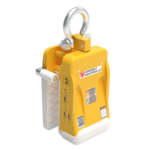
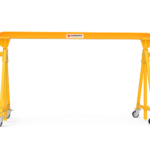
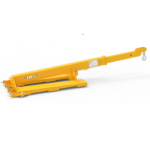
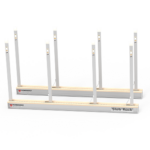
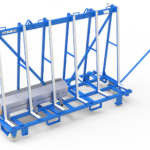
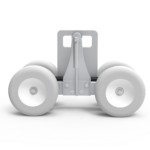
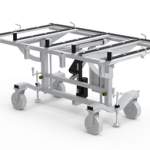
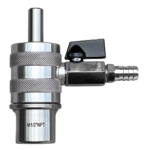
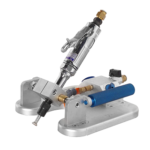
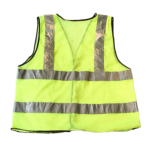
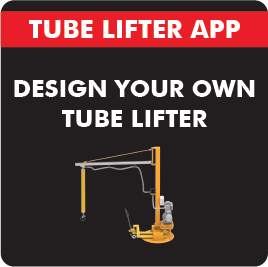
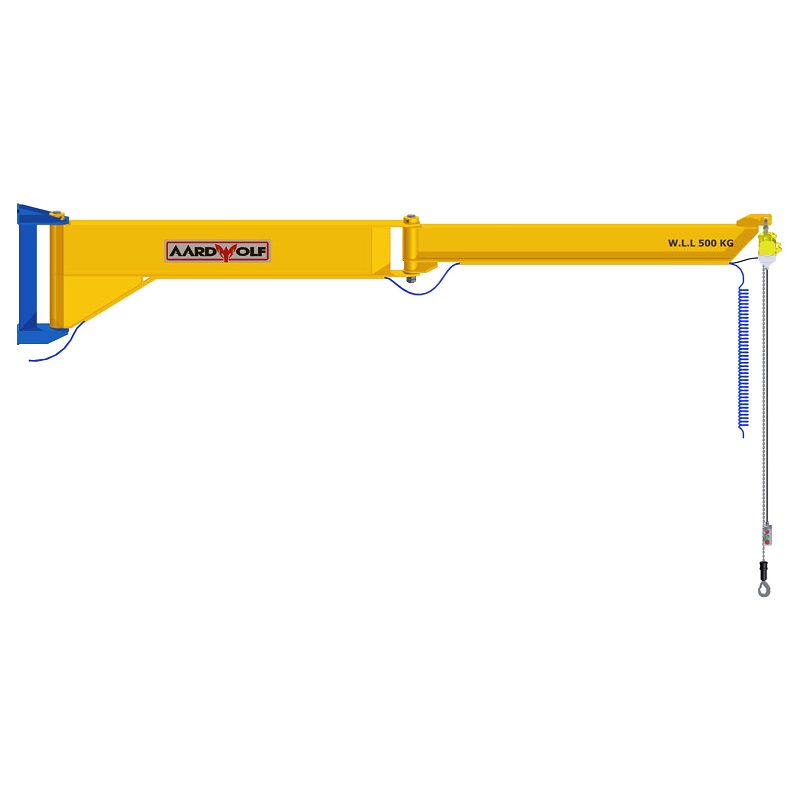
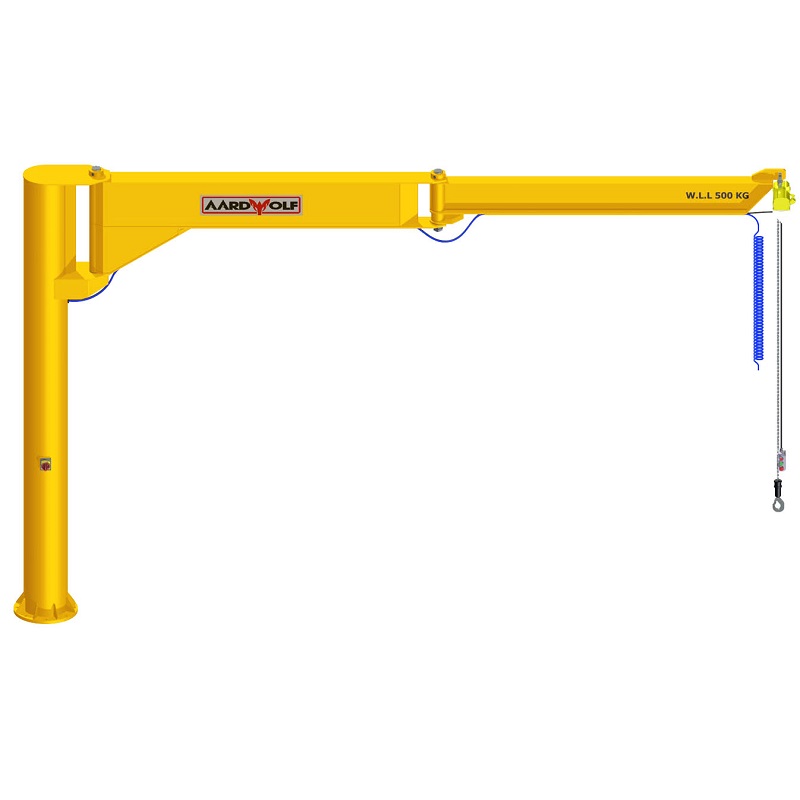

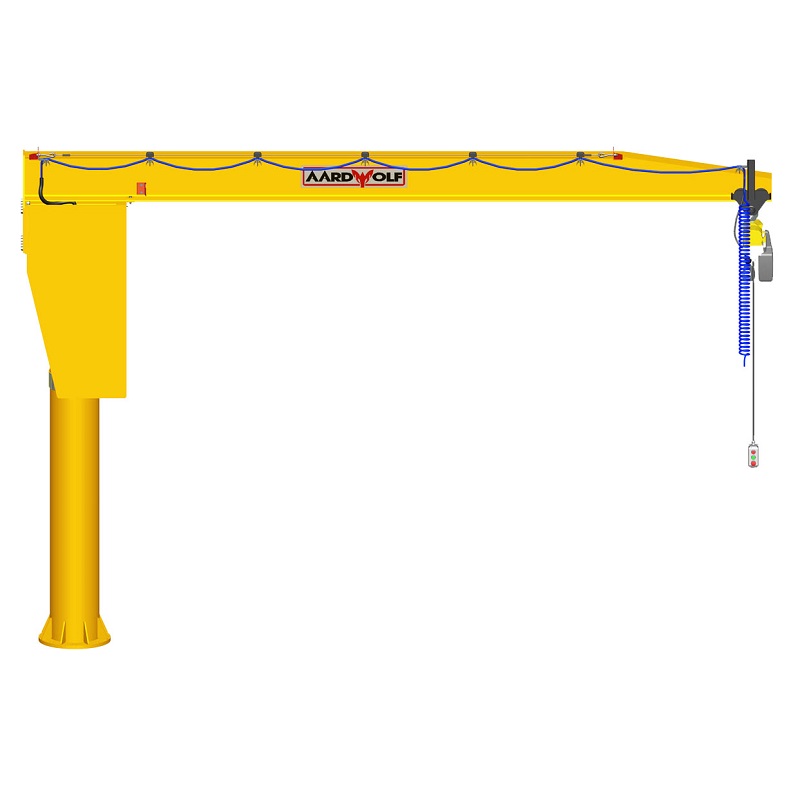

Please log in to leave a comment.